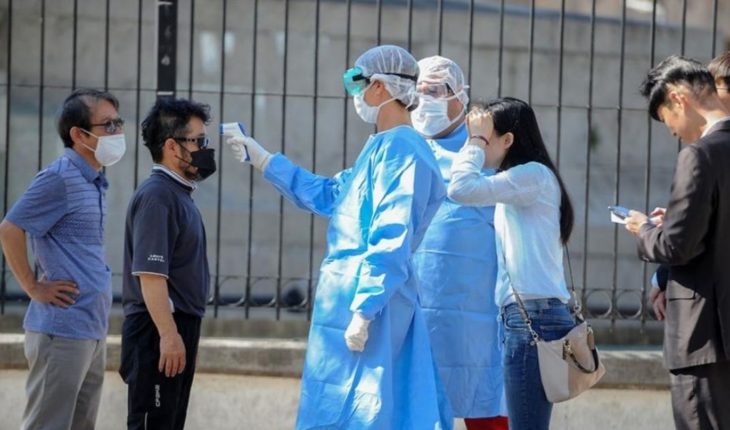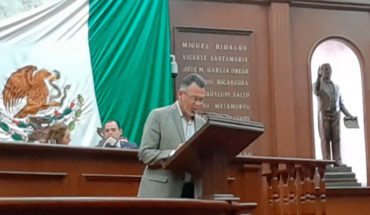In the Autonomous City of Buenos Aires there are 648 confirmed cases of coronavirus and with 32.8 percent of the total is the district of the country that suffered the most from the pandemic. Until this Saturday according to official data, of the 648, 501 are residents and 147 non-residents. Of the total, there are 414 hospitalized, 8 are outpatients, 106 have the definitive discharge, 100 have institutional discharge, and 20 people died.
In addition, there are 1071 suspected cases and 3750 cases of contact with transmitters. All are being studied by the Malbrán Institute and closely followed by the Ministry of Health of the Nation.As detailed in the last Epidemiological Bulletin published by the City, and detailing the information reached until April 3, communes No. 3, 14, 2 and 13 have 48% of the confirmed cases concentrated in these four communes. In commune 3, where Balvanera and San Cristobal are located, there are 46 cases.
In commune 14, made up of the Palermo district, there are 42 cases
In commune 2, which is the entire neighborhood of Recoleta, there are 36 cases.
In commune 13, which makes up Núñez, Belgrano and Colegiales, there are 34 cases.
The communes that have the least cases are No. 8, 9, 4 and 6.
Commune 6, which is the Caballito district, has 13 cases
Commune 4, consisting of the neighborhoods of La Boca, Barracas, Parque Patricios and Nueva Pompeii, has 10 cases.
Commune 9, which is Liniers, Mataderos and Parque Avellaneda, has 6 positive cases.
Commune 8, consisting of the neighborhoods of Villa Soldati, Villa Riachuelo and Villa Lugano, has 4 cases
Of the total, 43 percent of cases are women and 57 percent are male. The average age is 45 years, with the highest number of cases reported being between 20 and 59 years old.
Half of the patients who were confirmed coronavirus have pre-existing diseases such as high blood pressure, diabetes, obesity and asthma, with these being the most complicated, with 83 percent hospitalized and 8 percent remained in intensive care. In this note:





